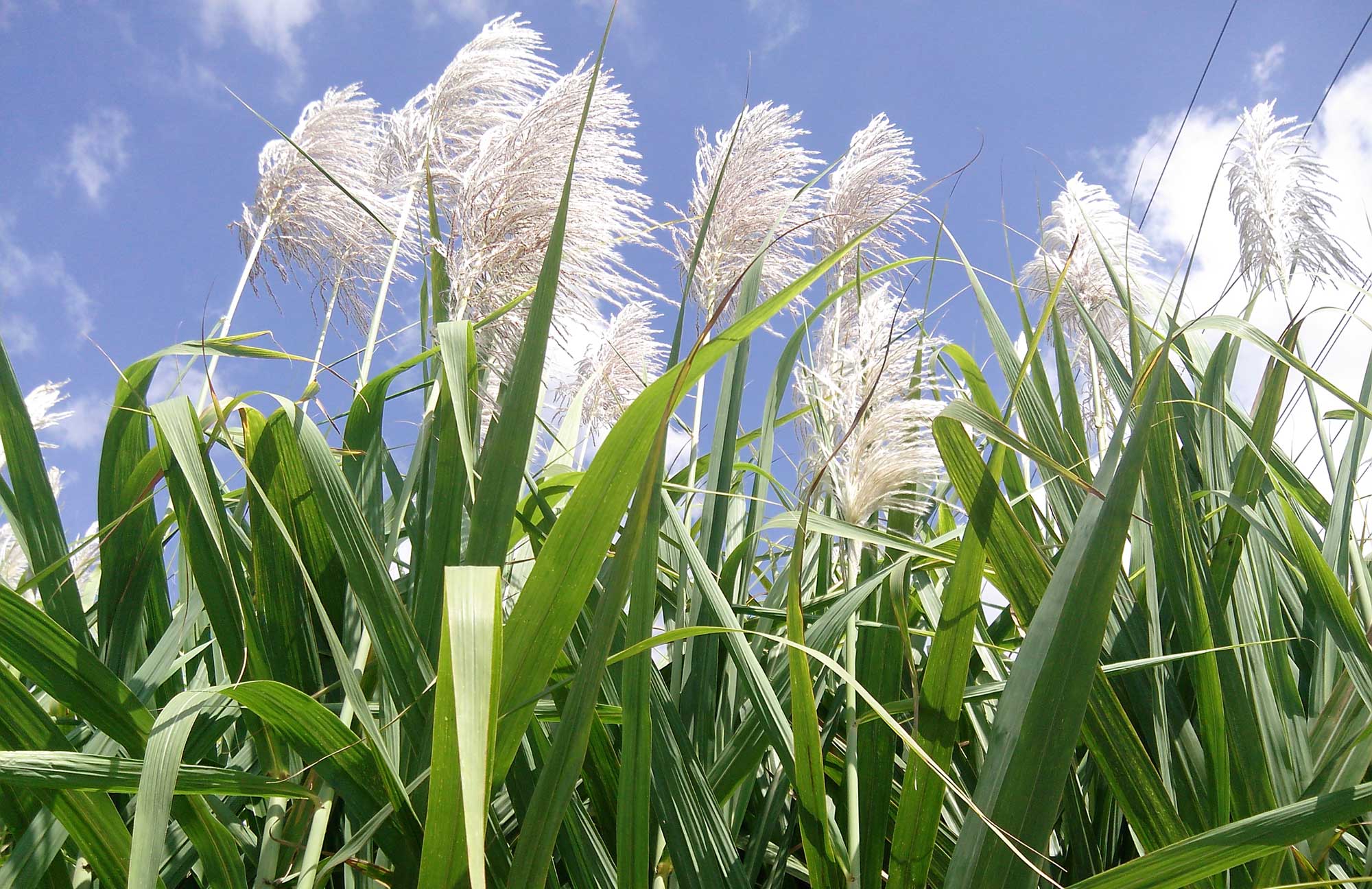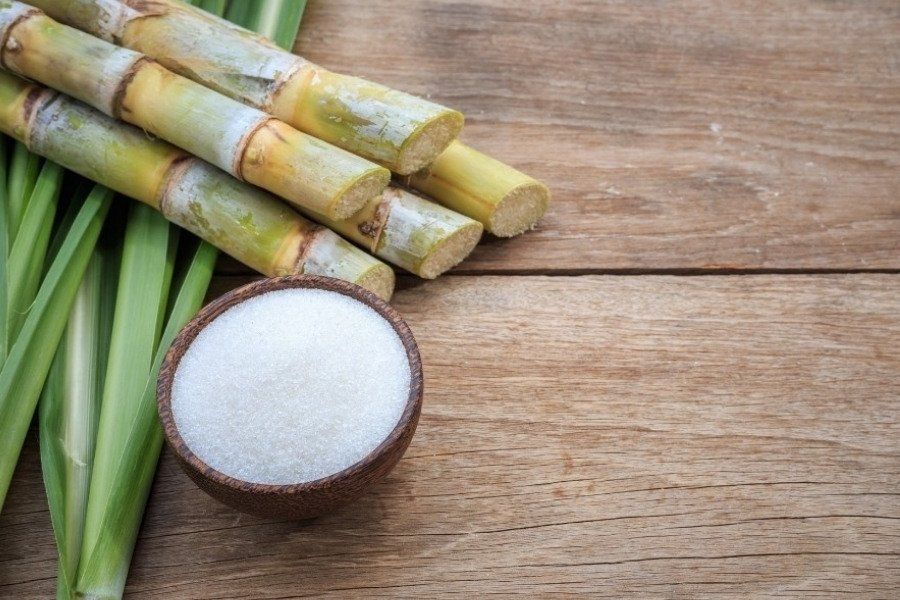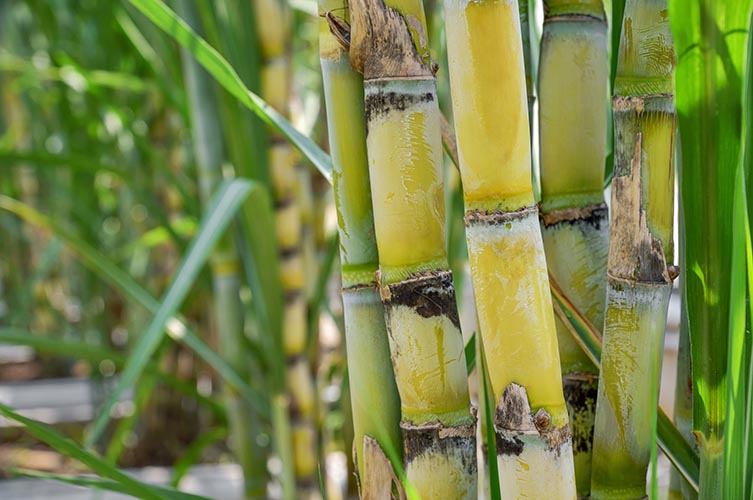Comprehending Exactly How Sugar Canes Work: What Are Sugar Canes Used For in Food and Beyond?
Sugar canes are important to numerous aspects of both cooking and commercial techniques. Their convenience enables them to be changed into sugar, beverages, and also biofuels. As one explores the journey from cultivation to handling, the diverse applications of sugar walking canes reveal a complex interplay in between farming and sector. The ramifications of sugar cane manufacturing expand past simple utility, increasing inquiries regarding environmental sustainability and economic influence.

The Background and Beginning of Sugar Canes
Although usually considered granted in modern-day diets, the background and origin of sugar walking sticks reveal a complicated journey that extends countless years. Belonging To Southeast Asia, sugar walking stick was very first cultivated around 8000 BCE, with its sweet juice becoming highly valued by very early human beings. By the first millennium AD, it spread to India, where it was refined right into crystallized sugar, a noteworthy advancement that transformed its use and profession. The intro of sugar walking cane to the Mediterranean happened around the 7th century, many thanks to Arab investors, who identified its financial potential.During the Age of Expedition, European colonists established sugar plantations in the Caribbean, substantially impacting international profession. By the 17th century, sugar became a standard commodity, sustaining economies and affecting social frameworks. The story of sugar canes is linked with farming, commerce, and cultural exchanges, noting its value in forming contemporary economic systems and cooking techniques.

Growing and Collecting Practices
The growing and harvesting of sugar canes entail numerous vital methods that establish the quality and yield of the crop - What Are Sugar Canes Used For. Crucial element include effective soil prep work strategies, accurate growing approaches, and efficient collecting techniques. Understanding these methods is important for optimizing manufacturing and making certain sustainability in sugar walking stick farming
Dirt Preparation Methods
Efficient dirt prep work strategies are crucial for successful sugar walking cane farming, as they lay the structure for healthy growth and perfect yield. The procedure starts with dirt testing to evaluate nutrient degrees and pH balance, allowing for tailored modifications. Plowing and tilling are then utilized to freshen the dirt and damage up compaction, boosting root infiltration. Integrating natural issue, such as compost or well-rotted manure, improves soil fertility and framework. Additionally, correct drainage systems are crucial to avoid waterlogging, which can prevent walking cane growth. Cover cropping might likewise be utilized to reduce weeds and boost soil health. These techniques collectively guarantee that sugar walking stick has the most effective atmosphere to thrive, leading to durable plant wellness and boosted productivity.
Planting and Development
Successful growing and development techniques are vital for taking full advantage of the yield of sugar walking cane. The process starts with selecting healthy and balanced seed walking sticks, which are segments of fully grown stalks abundant in buds. These seed walking canes are normally planted in well-prepared dirt, preferably at a deepness of 4 to 6 inches, ensuring ample moisture and aeration. Sugar walking cane grows in cozy environments with sufficient sunshine and requires constant watering, specifically throughout dry spells. Fertilizing with nitrogen, phosphorus, and potassium is essential to promote robust development. Weed control is also important, as competition can hinder development. Routine tracking of plant wellness and soil conditions enables for timely treatments, ultimately bring about a successful crop that meets market needs.
Harvesting Methods
Collecting sugar walking cane needs careful planning and implementation to assure maximum return and top quality. Generally, the harvest happens when the cane reaches suitable sugar material, typically between 12 to 18 months after growing. There are two primary techniques: manual and mechanical harvesting. Manual harvesting entails laborers utilizing machetes to cut the stalks at ground level, making certain marginal damages to the plant and soil. On the other hand, mechanical harvesting utilizes specialized devices that cut, cut, and transport the walking stick, enhancing effectiveness and minimizing labor expenses. Mechanical approaches can lead to greater soil compaction and loss of nutrients. No matter of the approach, timely harvesting is crucial, as delays can cause decreased sugar high quality and boosted susceptibility to conditions and parasites.
Processing Techniques for Sugar Removal
The processing of sugar walking stick is a vital stage in sugar manufacturing, encompassing numerous crucial strategies - What Are Sugar Canes Used For. At first, gathered walking cane undergoes crushing and juicing to remove its pleasant fluid. This juice then proceeds through filtration and crystallization, changing it right into the sugar most generally utilized today
Collecting Sugar Walking Cane
Sugar cane gathering marks a vital phase in the production procedure, where timing and strategy play crucial functions in optimizing yield. Normally, the harvest takes place when sugar content is at its optimal, which differs based upon climate and growth problems. Employees use customized devices or handbook tools to reduce the walking cane at the base, making certain marginal damage to the plant. Appropriate strategy is important; reducing expensive can minimize the quality and amount of the sugar drawn out later. After reducing, the walking stick has to be carried without delay to refining centers to avoid putridity and sugar destruction. The efficiency of the harvesting procedure significantly influences the total efficiency and profitability of sugar cane farming, making it a key focus for manufacturers.
Juicing and crushing
When sugar walking cane is harvested, the following necessary action involves crushing and juicing to extract the sweet liquid that contains sucrose. This procedure usually utilizes heavy machinery developed to squash the stalks, damaging down the fibrous framework and releasing the juice. Mills or rollers use significant pressure, enabling the walking cane juice to spurt while dividing the fibrous deposit, referred to as bagasse. Once smashed, the walking cane is frequently based on a series of pressing phases to maximize juice extraction. The gathered juice is abundant in sugar and might include contaminations, which will be addressed in later processing actions. Generally, squashing and juicing are critical techniques that change gathered sugar cane into a liquid form suitable for more refinement.
Purification and Formation
Purification i loved this and condensation are pivotal procedures in changing raw cane juice right into polished sugar. After removing juice from smashed sugar walking canes, the fluid has impurities such as plant proteins, fibers, and minerals. To achieve purification, the juice goes through explanation, where heat and lime are contributed to speed up contaminations, which are then gotten rid of. The cleared up juice is then concentrated via dissipation to develop a thick syrup.Next, formation takes place, where sugar crystals create as the syrup cools down. This process typically includes seeding the syrup with existing sugar crystals to advertise consistent development. The resulting crystals are separated from the continuing to be molasses via centrifugation, producing pure sugar. This refined product is then dried out and packaged for numerous culinary usages.
Culinary Utilizes of Sugar Canes
While often connected primarily with sugar, sugar walking canes offer a versatile variety of culinary applications beyond their role in sugar production. Fresh sugar walking stick can be juiced, generating a pleasant, stimulating beverage appreciated in lots of tropical areas. This juice functions as a base for alcoholic drinks and smoothie mixes, adding an one-of-a-kind taste profile.Additionally, sugar cane syrup, obtained from condensing the juice, is utilized as a natural sugar in numerous recipes, from marinades to treats. The syrup presents a rich, caramel-like flavor, enhancing both mouthwatering and sweet recipes.In some cuisines, sugar cane stalks are grilled or roasted, supplying an unique great smoky preference that complements meats and vegetables. Moreover, sugar cane can be included into desserts, such as sweets and puddings, where its sweet taste and fibrous appearance create wonderful contrasts. On the whole, sugar walking canes add to both ingenious and traditional cooking creations across diverse cultures.
Industrial Applications Past Food
Past their cooking uses, sugar canes play a significant role in various industrial applications, adding to markets such as bioenergy, paper manufacturing, and bioplastics. The fibrous product of sugar cane is used in the manufacturing of biofuels, particularly ethanol, which acts as a renewable resource resource that minimizes dependancy on fossil fuels. In the paper sector, bagasse, the fibrous residue left after juice extraction, is processed right into pulp for paper and cardboard manufacturing, promoting sustainable methods by making use of waste. Additionally, innovations in bioplastic visit this website technology have brought about the growth of biodegradable plastics originated from sugar cane, offering an eco-friendly alternative to standard petroleum-based plastics. These commercial applications not just improve the value of sugar walking canes yet additionally align with global activities in the direction of sustainability and renewable energies, showing their flexibility beyond the kitchen area.

The Environmental Impact of Sugar Walking Stick Manufacturing
The production of sugar cane, in spite of its numerous industrial advantages, postures substantial ecological obstacles. Deforestation is usually a repercussion, as substantial locations of land are cleared to grow sugar walking cane, causing habitat loss and biodiversity decline. Additionally, the extensive farming techniques linked with sugar cane farming can cause soil degradation and disintegration. The hefty use pesticides and fertilizers to make the most of returns adds to water air pollution, detrimentally affecting aquatic ecosystems.Moreover, sugar walking cane production is connected to enhanced greenhouse gas emissions, specifically through land-use changes and the burning of walking stick areas prior to harvest. These practices not only influence air quality yet also add considerably to environment change. Additionally, the water-intensive nature of sugar cane farming areas tension on neighborhood water resources, impacting environments and communities reliant on these supplies. Attending to these ecological effects is necessary for sustainable sugar walking stick manufacturing in the future.
Frequently Asked Inquiries
Are There Health Perks Related To Consuming Sugar Walking Stick?
The he said inquiry of health and wellness advantages connected to sugar cane consumption highlights potential advantages. Sugar cane may provide hydration, important minerals, and antioxidants, but small amounts is important as a result of its all-natural sugar web content and possible health ramifications.
How Does Sugar Walking Stick Contrast to Various Other Sweeteners Nutritionally?

Sugar walking cane uses all-natural sweetness, mainly comprising sucrose, while other sugar vary in composition and caloric material. Contrasted to man-made alternatives, sugar walking cane offers vitamins and minerals, though it continues to be high in calories and carbohydrates.
Can Sugar Walking Stick Be Grown in Non-Tropical Areas?
Sugar walking stick mostly flourishes in exotic environments, needing warm temperature levels and abundant rains. While some non-tropical areas try farming, success is restricted as a result of poor warmth and expanding periods, making massive production challenging.
What Are the Usual Pests or Conditions Impacting Sugar Canes?
Typical parasites influencing sugar canes consist of the sugarcane borer and aphids, while conditions like fallen leave scald and red rot position substantial dangers. Efficient monitoring approaches are necessary for keeping healthy and balanced sugar walking cane crops and optimizing yields.
Just How Does Sugar Cane Effect Local Economies?
The effect of sugar cane on local economic climates is considerable, supplying job opportunity, improving agricultural sectors, and contributing to exports. Its growing enhances and supports regional companies neighborhood advancement with enhanced income and facilities improvements. Indigenous to Southeast Asia, sugar walking stick was initial cultivated around 8000 BCE, with its sweet juice coming to be extremely valued by early human beings. The introduction of sugar cane to the Mediterranean took place around the 7th century, many thanks to Arab traders, who identified its financial potential.During the Age of Expedition, European homesteaders established sugar ranches in the Caribbean, significantly influencing worldwide profession. The processing of sugar walking cane is an essential phase in sugar production, incorporating a number of essential methods. While commonly connected primarily with sweeteners, sugar walking sticks offer a functional range of cooking applications past their role in sugar manufacturing. The heavy use of pesticides and fertilizers to optimize returns adds to water air pollution, detrimentally influencing water ecosystems.Moreover, sugar cane production is linked to enhanced greenhouse gas exhausts, specifically with land-use adjustments and the burning of cane fields prior to harvest.
Comments on “What Are Sugar Canes Used For in Sugar-Free and Vegan Foods”